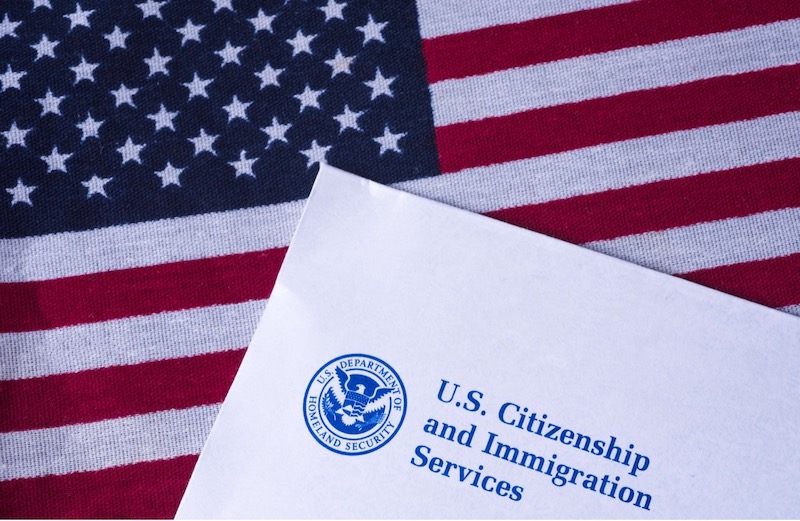It can be frustrating to file an application or petition before U.S. Citizenship and Immigration Services (USCIS) only to wait through seemingly endless delays. But all may not be lost: USCIS will consider requests to expedite applications and petitions on a case-by-case basis.
It’s easiest and best to make an expedite request at the time of filing. Requests must meet all requirements, including documentation of a compelling reason. Keep in mind that USCIS has the sole discretion to decide whether to grant or deny a request, and the decision itself can take time. A separate option is Premium Processing Service.
Both of these options are discussed below.
Expedite Requests
A successful expedite request might include evidence of medical need, an application that is in the U.S. national interest, or massive financial loss that may ensue if the application is delayed, for example. In cases of government error, the agency is responsible for fixing it. According to USCIS, reasons may include:
- Severe financial loss to a company or person, provided the need for urgent action is not the result of the petitioner’s or applicant’s failure to file the application/petition or expedite request within a “reasonable” timeframe or respond to any requests for additional evidence in a “reasonably timely manner.” Regarding severe financial loss to a person, USCIS notes that if the expedite request relates to an application for employment authorization or student status, the need to obtain such status “standing alone without any evidence of other compelling factors does not warrant expedited treatment”;
- Urgent humanitarian reasons;
- Compelling U.S. government interests (such as urgent cases for the Departments of Defense or Homeland Security, or other public safety or national security interests); or
- Clear USCIS error.
USCIS may request additional documentation to support expedited processing. USCIS notes that a decision on an expedite request does not constitute approval or denial of the underlying benefit request, but only relates to processing time.
Expedite requests can be made either inside or outside of the United States. Contact information is available at the link below.
Premium Processing Service
Another way to speed up processing is via Premium Processing Service, currently available only for Form I-129, Petition for a Nonimmigrant Worker, and Form I-140, Immigrant Petition for Alien Worker. USCIS guarantees processing within 15 calendar days for those who request it and pay the fee. The 15-calendar-day period begins when USCIS receives the completed Form I-907, Request for Premium Processing Service. A new 15-calendar-day period begins when USCIS receives a response to a request for additional evidence or a notice of intent to deny.
The fee for Premium Processing Service is $2,500 except for those petitioning for H-2B (temporary nonagricultural) or R-1 (religious) nonimmigrant workers, for which the fee is $1,500. Premium processing is available for R-1 workers only after the petitioner passes an onsite inspection.
Contact your WR attorney for advice and help in specific situations.
More info:
- “How to Make an Expedite Request,” USCIS, https://www.uscis.gov/forms/filing-guidance/how-to-make-an-expedite-request
- “How Do I Request Premium Processing?,” USCIS, https://www.uscis.gov/forms/all-forms/how-do-i-request-premium-processing


